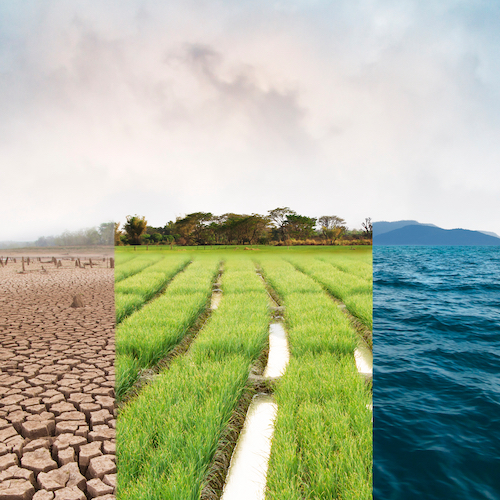Read about the latest Research Counts Special Collection in this introduction to the series focused on international perspectives at every stage of disaster management.
Research Counts
The Disaster Cycle Special Collection
This special collection of Research Counts grew out of a longstanding collaboration between the International Journal of Mass Emergencies and Disasters (IJMED) and the Natural Hazards Center. Our commitment in this special collection is to bring key findings and ideas from recent IJMED scholarly articles to a broader audience of emergency managers, disaster risk reduction professionals, and policy makers in the hazards and disaster field.
For this special collection, we identified 10 IJMED articles that were published under the distinguished editorial leadership of Shih-Kai (Sky) Huang and Tristan Wu. The collection is broadly organized around the following phases of the disaster cycle:
- Preparedness
- Emergency Response
- Impacts
- Recovery
- Mitigation and Resilience
Once the articles were selected, we then worked with the original article authors, science writer, Laurie J. Schmidt, and freelance science journalist and editor, Zach Zorich, to develop and curate this special collection.
Research Counts articles are intended for a broad audience of emergency managers, public health practitioners, policy makers, journalists, and others interested in the causes and consequences of disaster. The Natural Hazards Center regularly publishes Research Counts contributions. We have also developed two other special collections to date, with one focused on Children and Disasters and the other focused on Mass Sheltering and Disasters.
Preparedness

Childcare center preparedness expectations are different from other child-serving institutions. This article uses a New Zealand case study to offer strategies to support childcare center preparedness and overcome obstacles in implementing policies and procedures.
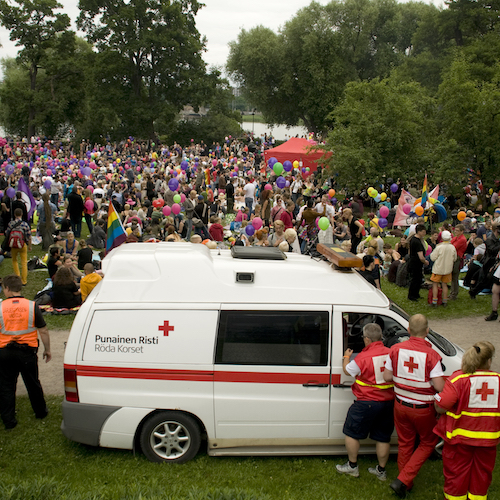
Finnish society provides an example of how non-governmental organizations (NGOs) and other groups can co-create safer and more secure societies together—as well as the challenges co-creation processes can introduce. This Research Counts explores a framework for co-creation using regional forums with 188 participants from public entities and NGOs.
Emergency Response

Unsolicited donations after a disaster can create logistical challenges and aren't helpful to survivors. This article sheds light on the disconnect between what people want to give and what people actually can use after a disaster.
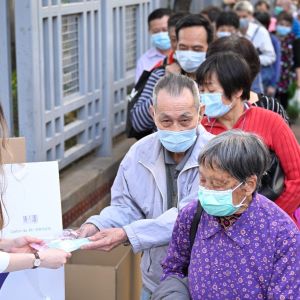
Health risk communications are more successful when conveyed by trusted stakeholders in ways sensitive to local contexts. Learn how perceptions of stakeholder expertise and trustworthiness impact decision-making.
Impacts
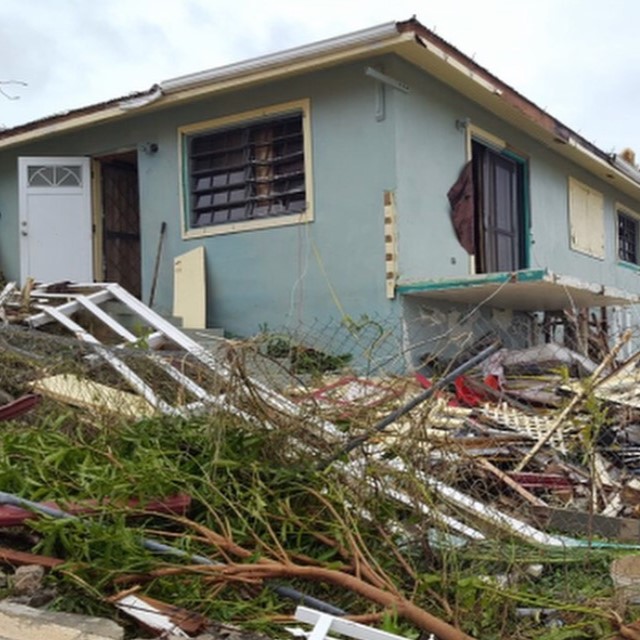
This article explains how community solidarity can discourage criminal activity in the absence of a timely humanitarian response. This research explores the power of community in U.S. Virgin Islands and finds that pro-social behavior is prevalent.
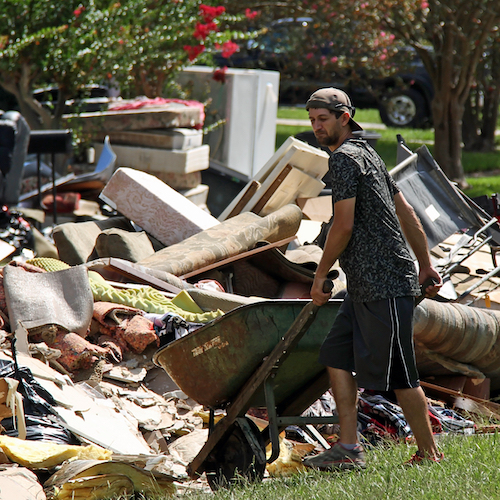
This article highlights the experiences of college students after the 2016 Louisiana floods and shows how social stratification can influence education educational and long-term outcomes and what higher education systems can do to support students during disasters.
Recovery
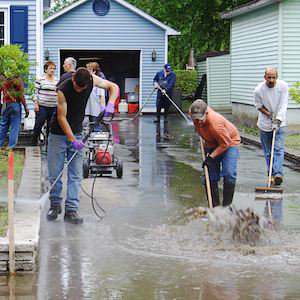
This article uses the example of the 2013 floods in Calgary to focus the importance of social capital in disaster while also illustrating how perceptions of place can change after a major event.
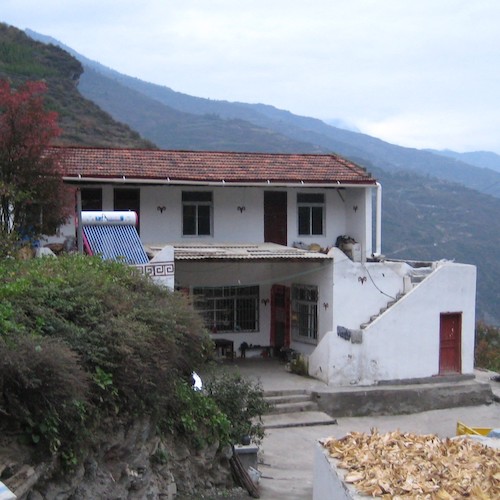
This Research Counts focuses on how survivors of the 2008 Wenchuan earthquake developed community-driven recovery strategies. These grassroots efforts led to more culturally competent rebuilding strategies, improved livelihoods, and strengthened community capacity.
Mitigation and Resilience
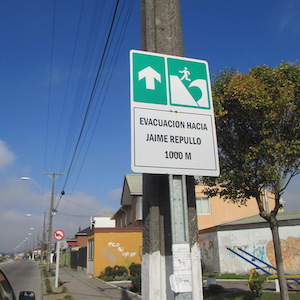
Subcultures of disasters form in areas where people experience hazards regularly. The repeated experience can create shared knowledge, solidarity, and resilience that improves response and recovery outcomes.
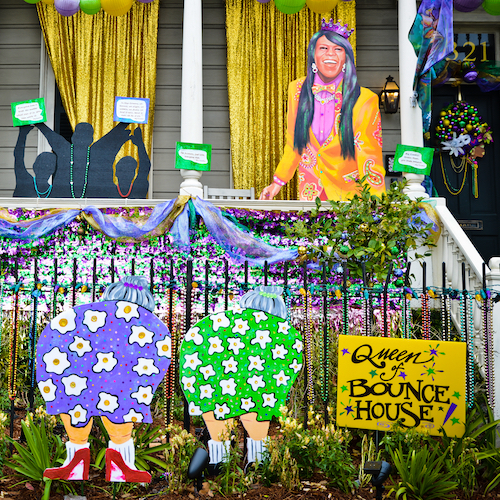
Hurricane Katrina left devastating impacts in New Orleans, especially in Black neighborhoods. This article explores the way bounce rap, a local music style created by Black New Orleanians in the 1990s, expressed Black communities' sentiments toward government-imposed resilience and racialized narratives of violence and neglect..
Special Collection Citation: Zorich, Z., Schmidt, L. J., Peek, L., Champeau, H., Tobin, J., Huang, S., Wu, T., & Arlikatti, S., eds. (2023). Research Counts, Volume 5, Special Collection on the Disaster Cycle. Boulder, CO: Natural Hazards Center, University of Colorado Boulder. https://hazards.colorado.edu/news/research-counts/special-collection/disaster-cycle

